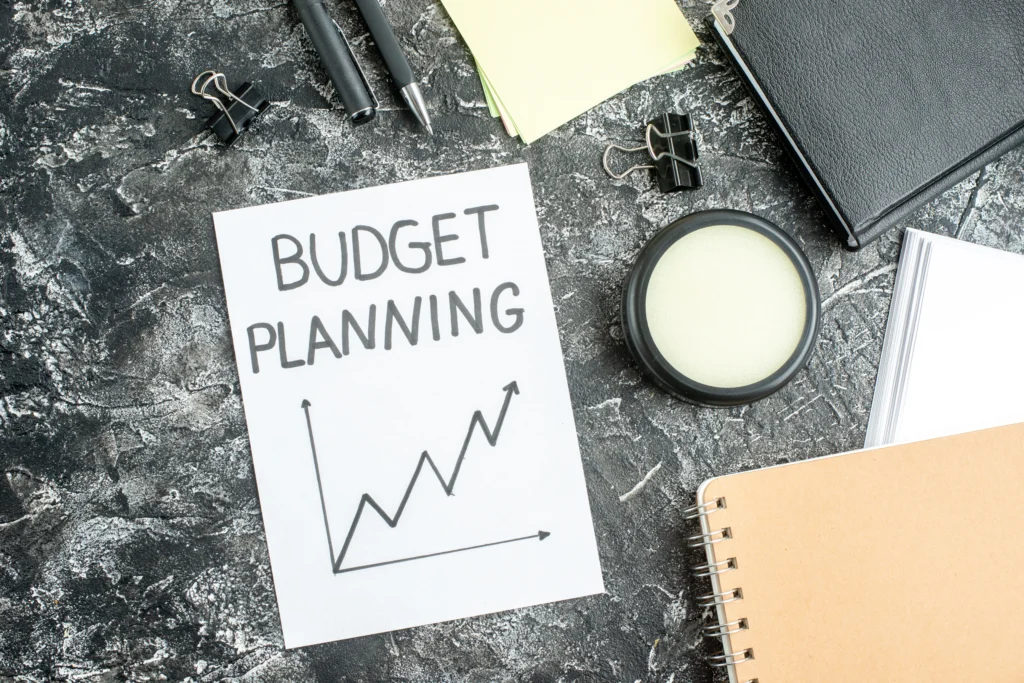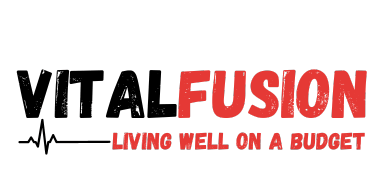Table of Contents
Introduction
Budgeting can often seem overwhelming, especially if you’re just starting out on your financial journey. You may have questions like, “Where do I even begin?” or “How do I make sure I’m not overspending?” Creating and sticking to a budget is essential to achieving financial stability, and while it might sound intimidating, it’s easier than you think. This guide breaks down simple budgeting tips for beginners so you can take control of your finances, save money, and achieve your goals—all with ease and confidence.
Whether you’re looking to reduce your spending, pay off debt, or save for the future, budgeting will pave the way for all of these financial achievements. Let’s get started on this journey with clear, practical steps that will transform your relationship with money.
1. Calculate Your Net Income
The first step to creating a budget is knowing exactly how much money you have to work with. Calculate your net income—this is your total income minus taxes and deductions. Understanding your net income will help you determine how much you can spend, save, and allocate toward various goals.
Tip: Keep track of any additional sources of income, such as freelance work, side jobs, or investments, and be realistic when tallying up these figures.
2. Track Your Spending
You can’t improve your finances unless you know where your money is going. Start by tracking your spending for a month. Categorize every expense, from rent and utilities to groceries, coffee, and entertainment.
- Why this matters: Tracking expenses helps you identify patterns and areas where you might be overspending. This can help you cut down on non-essential costs and boost your savings.
There are many tools and apps available that can make tracking easy and even enjoyable. Apps like Mint or YNAB (You Need A Budget) allow you to connect your bank accounts and automatically categorize spending, providing a clear overview of your finances.
3. Set Realistic Financial Goals
Setting goals gives your budget a purpose. Your goals might include saving for a vacation, building an emergency fund, or paying off credit card debt.
- Short-Term Goals: Think about what you want to achieve in the next year, like reducing your dining-out budget or saving for a new gadget.
- Long-Term Goals: These goals usually span several years, such as buying a home or saving for retirement.
By setting specific, measurable, and realistic financial goals, you will have a clear target to work towards. For instance, instead of saying, “I want to save more,” try, “I want to save $200 every month for a vacation next year.”
4. Make a Spending Plan
Once you understand your income, expenses, and goals, it’s time to create a spending plan. Allocate funds for your essential expenses first—such as rent, groceries, utilities, and transport. Then, determine how much can go toward your savings and debt repayments, followed by discretionary expenses like entertainment.
A popular method for managing your budget is the 50/30/20 rule, where:
- 50% of your income goes to necessities (e.g., rent, groceries).
- 30% goes to discretionary expenses (e.g., hobbies, dining out).
- 20% goes to savings and debt repayment.
This framework is flexible, making it easy to adjust based on your current priorities and financial goals.
5. Cut Unnecessary Expenses
Once you have a clear view of your spending habits, it becomes easier to cut unnecessary expenses. This doesn’t mean you need to live a joyless life without any pleasures, but it’s about making smarter choices.
Here are some ways to cut costs:
- Cancel unused subscriptions: Do you really need that extra streaming service?
- Cook at home: Eating out frequently can add up quickly. Cooking at home can save you hundreds per month.
- Reduce utility costs: Consider switching to energy-efficient appliances or unplugging devices when not in use.
Every small change can add up, and redirecting those savings into your emergency fund or paying off debt will help you feel more in control of your finances.
6. Use Cash Envelopes for Specific Categories
The cash envelope system is a tried-and-true way to stick to a budget. The concept is simple: divide your budget into categories (like groceries, entertainment, or dining out) and put the allocated money into individual envelopes.
When the cash for a specific category runs out, that’s it for the month! This approach provides a clear, visual limit that prevents overspending and encourages mindful purchases.

7. Adjust as You Go
Budgets aren’t set in stone—they should evolve as your financial situation changes. Regularly review your budget to see how you’re doing and adjust if needed.
If you receive a raise or bonus, make adjustments to include additional savings contributions. On the other hand, if you face unexpected expenses, you may need to tweak your discretionary spending to stay on track.
8. Build an Emergency Fund
Life is full of unexpected events—whether it’s a sudden car repair, medical bill, or job loss. Having an emergency fund provides a financial cushion during tough times and prevents you from accumulating debt.
Start by aiming to save $1,000 for emergencies. Once you’ve reached that, try to build up a reserve of three to six months’ worth of living expenses.
Pro Tip: Keep your emergency fund in a high-yield savings account that’s easy to access when needed.
9. Automate Your Savings
To make budgeting easier, automate your savings. Set up automatic transfers from your checking account to your savings account each payday. This will help ensure you’re consistently saving and reaching your financial goals without the temptation to spend.
10. Utilize Budgeting Tools and Apps
If you find budgeting overwhelming, let technology be your guide. There are numerous budgeting apps and tools that can make the process more efficient and enjoyable. Here are some popular options:
- Mint: A free app that brings all your accounts, cards, and investments into one place, making it easy to see your financial health at a glance.
- YNAB (You Need A Budget): YNAB uses a proactive approach to budgeting, ensuring that you give every dollar a job.
These tools not only track your spending but also provide helpful insights and suggestions that will enable you to make better financial decisions.
Conclusion
Mastering the art of budgeting is key to taking charge of your financial life. By calculating your net income, tracking expenses, setting realistic goals, and creating a personalized spending plan, you can reduce stress and increase your savings. Remember, budgeting is not about restriction—it’s about freedom. It allows you to allocate your resources effectively, giving you the freedom to enjoy life without the fear of financial instability.
No matter your financial goals, these simple budgeting tips will help you take that first step towards a more secure and prosperous future. Start small, be consistent, and before you know it, you’ll be on your way to achieving financial success.
Are you ready to take control of your finances? Start by creating a simple budget today and watch your financial worries transform into financial wins. If you found this guide helpful, share it with others who might benefit, and don’t hesitate to leave your thoughts or questions in the comments below!







1 Comment